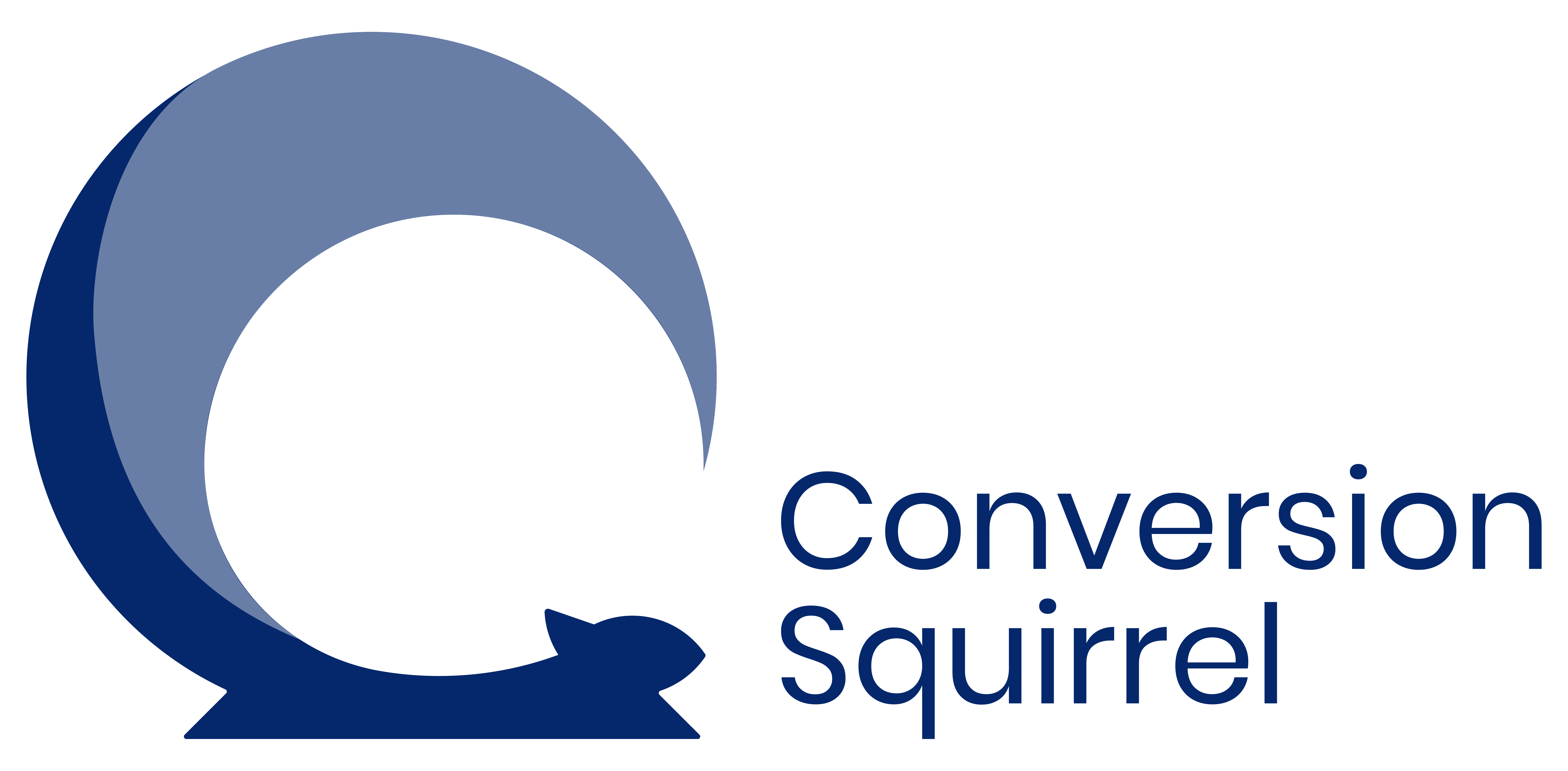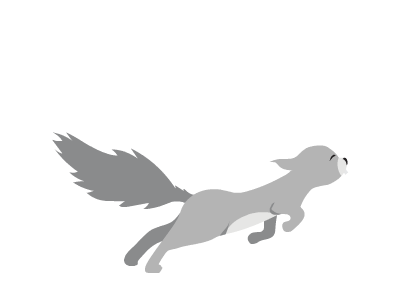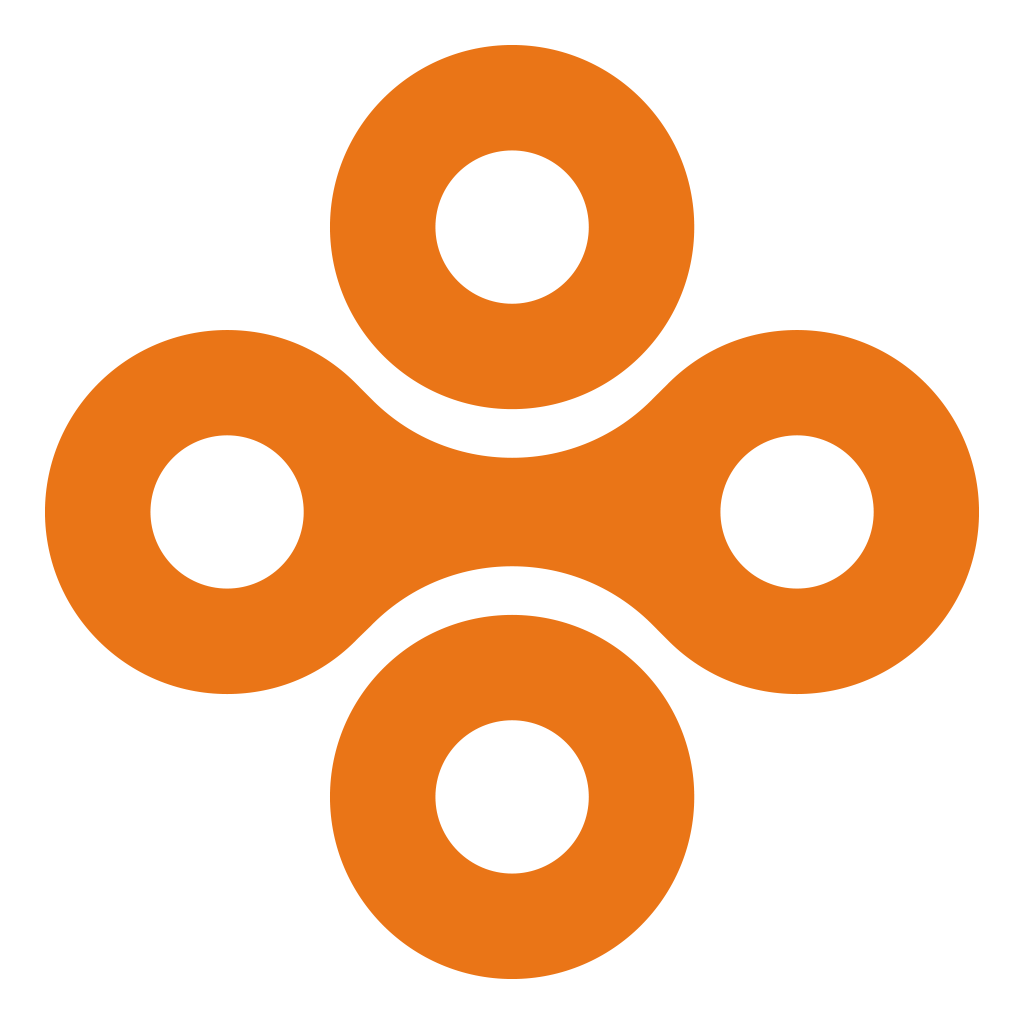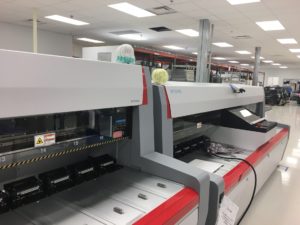The internet and the world wide web are fantastic additions to humanity because it helps to store, distribute, and provide access to information.
Of course, it can also serve as the infrastructure for other improvements in life as well. In the end, it all comes down to relationships, and the connections between various digital components.
Having better systems that can account for storing and navigating data relationships can make a large difference in the level of progress. This is where graph databases come in handy. These databases are useful when it comes to storing and navigating data relationships.
Businesses would find improved database options to be very critical as they must have better systems to thrive and organize varying levels of data.
If you are interested in learning more about graph database options and how they can be very helpful in your organization, this brief guide is for you. Here is what you need to know about graph databases.
An Overview of the Graph Database
These are custom built structured sets of data that enable individuals within an organization to store and navigate information and relationships within that information.
Relationships are the main priority in these structured sets of data. A large portion of the core value present within graph databases comes from relationships.
These customized sets of data will consist of nodes that serve as a storehouse of data forms. Then, it will also have edges that contain relationships between data forms.
These edges will have several aspects. These aspects are a beginning node, finish node, type, and a direction. These edges can provide descriptions to parent-child relationships, offer data on actions, and even point toward ownership among other aspects.
One can move through graphs in this customized structured set of data by going from certain edge types or by moving through the overall graph. What is fascinating about these structured data sets is that they offer individuals with the ability to navigate the different relationships present in it, quite quickly.
Another important point here is that a node can have seemingly infinite relationships.
The reason why this is so is because the relationships or the connections between the nodes are processed in a persistent manner. This means that even if the cause of the node is removed, it is still continuing, it is present in non-volatile storage.
The Use Cases of Graph Databases
What is the first use case that comes to mind when it comes to graph databases? For me, the first use case that came to mind was Facebook.
Facebook, the social networking giant, had the social graph. This social graph was and is quite impressive because it represents social relationships across the world. It shows connections between people and from people to institutions and objects.
A comprehensive type of mapping of relationships could offer a broad array of insights, data, and information.
Facebook used these customized structured data sets in the Facebook platform to offer a more full digital experience. Individuals could access various benefits of the world wide web and the internet as they browsed through Facebook, now Meta, and its social graph.
In a social network, you could look at the individuals as the nodes and the relationships between people and institutions as edges.
At the same time, you can use graph databases for fraud detection, recommendations, and other similar use cases.
- A Peek at the History of PCBs - May 9, 2024
- Frequently Asked Questions When Hiring a Digital Marketing Firm - March 22, 2024
- Best Software for On Page SEO - March 22, 2024






